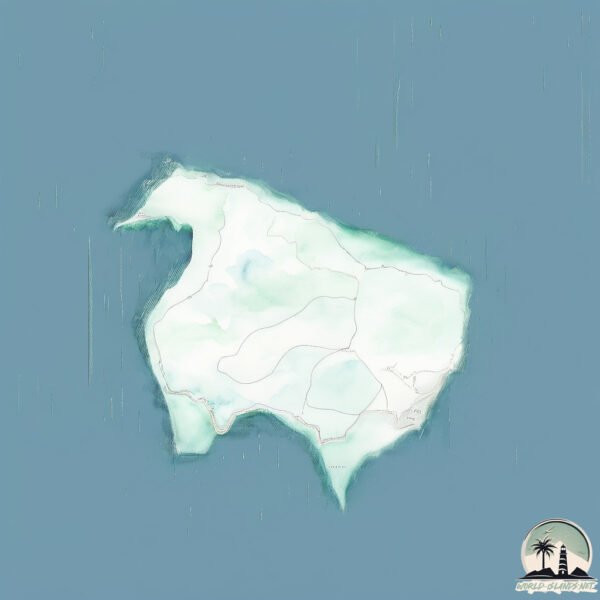Norfolk

Welcome to Norfolk, a Temperate island in the South Pacific Ocean, part of the majestic Pacific Ocean. This guide offers a comprehensive overview of what makes Norfolk unique – from its geography and climate to its population, infrastructure, and beyond. Dive into the details:
- Geography and Size: Explore the island’s size and location.
- Climate and Weather: Weather patterns and temperature.
- Topography and Nature: Uncover the natural wonders of the island.
- Infrastructure and Travelling: Insights on reaching, staying, and making the most of your visit.
- News and Headlines: Latest News.
Geography and size of Norfolk
Size: 36.8 km²
Coastline: 33.6 km
Ocean: Pacific Ocean
Sea: South Pacific Ocean
Continent: Oceania
Norfolk is a Medium Island spanning 37 km² with a coastline of 34 km.
Archipel: Melanesia – A subregion of Oceania in the southwestern Pacific Ocean, including countries like Fiji, Solomon Islands, and Vanuatu, known for their diverse cultures and languages.
Tectonic Plate: Pacific – The world’s largest tectonic plate, covering much of the Pacific Ocean, known for the Pacific Ring of Fire with extensive seismic and volcanic activity.
The geographic heart of the island is pinpointed at these coordinates:
Latitude: -29.03244001 / Longitude: 167.95298132
Climate and weather of Norfolk
Climate Zone: Temperate
Climate Details: Humid Subtropical Climate
Temperature: Hot Summer
Climate Characteristics: With continuous rainfall and hot summers, this climate is common in some coastal regions, supporting diverse vegetation.
Topography and nature of Norfolk
Timezone: UTC+11:30
Timezone places: Pacific/Norfolk
Max. Elevation: 226 m
Mean Elevation: 92 m
Vegetation: Evergreen Broadleaf Forest
Tree Coverage: 59%
The mean elevation is 92 m. The highest elevation on the island reaches approximately 226 meters above sea level. The island is characterized by Hills: Gently sloping landforms with rounded tops, having a maximum elevation between 200 and 500 meters. Hills contribute to a varied landscape on islands.
Dominating Vegetation: Evergreen Broadleaf Forest
Characterized by dense, lush canopies of broadleaf trees that retain their leaves year-round. These forests are typically found in tropical and subtropical regions and are known for their high biodiversity. Norfolk has a tree cover of 59 %.
Vegetation: 6 vegetation zones – Very Highly Diverse Island
Islands in this range are ecological powerhouses, showcasing a wide array of vegetation zones. Each zone, from lush rainforests to arid scrublands, coastal mangroves to mountainous regions, contributes to a complex and interdependent ecosystem. These islands are often hotspots of biodiversity, supporting numerous species and intricate ecological processes.
Infrastructure and Travelling to Norfolk
Does the island have a public airport? yes.
Norfolk has a public and scheduled airport. The following airports are located on this island: Norfolk Island International Airport.
Does the island have a major port? no.
There are no major ports on Norfolk. The closest major port is KINGSTON, approximately 1 km away.
The mean population of Norfolk is 54 per km². Norfolk is Gently Populated. The island belongs to Australia.
Continuing your journey, Kuotomo is the next notable island, situated merely km away.
Australia is classified as Developed region: nonG7: Developed economies outside of the Group of Seven, characterized by high income and advanced economic structures. The level of income is High income: OECD.
News – Latest Updates and Headlines from Norfolk
Stay informed with the most recent news and important headlines from Norfolk. Here’s a roundup of the latest developments.
Please note: The data used here has been primarily extracted from satellite readings. Deviations from exact values may occur, particularly regarding the height of elevations and population density. Land area and coastline measurements refer to average values at mean high tide.
